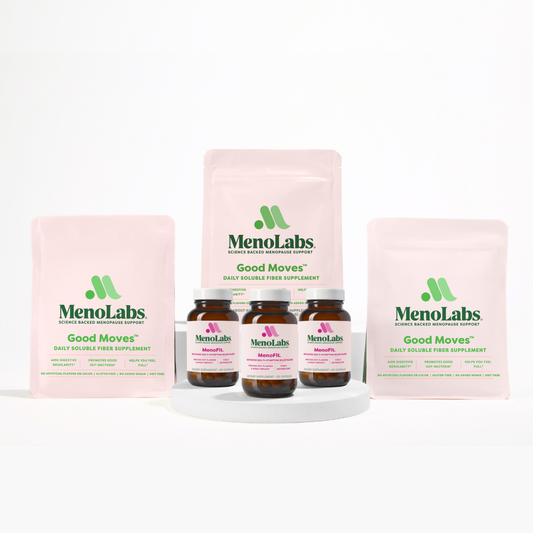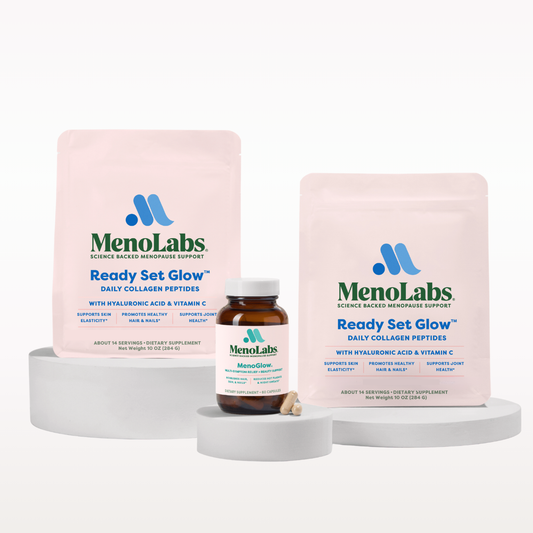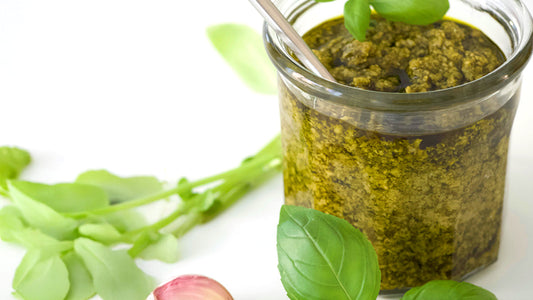If you know anything about fiber, you know that you’re probably not getting enough of it. Most of us struggle to consume the amount of fiber that doctors recommend — but it's important to get enough. Not only is it an important fuel source for your good gut bacteria, but fiber may help improve menopause symptoms including dry skin, inflammation, and hot flashes. And as fiber passes through your system, it sweeps waste out of the system for improved digestive health. It can also help stabilize blood sugar and lower cholesterol
There are two types of fiber; soluble and insoluble. Each has its own important functions and benefits. Depending on your particular needs, you might want to focus on getting more of one type or the other, so it pays to know the difference.
Soluble Fiber
Of the two fibers, soluble fiber has the broadest range of benefits. As a water-soluble substance, this type of fiber dissolves in gastrointestinal fluids when it enters the stomach and intestines, transforming into a gel-like substance that feeds gut bacteria. Soluble fiber is also heart-healthy; it can help lower low-density lipoprotein, or “bad cholesterol” levels in the body and helps. Quick digestion of simple carbs can cause spikes in blood sugar, but soluble fiber’s ability to slow digestion prevents these spikes.
Soluble fiber can be found in lots of foods, including:
- Psyllium
- Oat bran
- Barley
- Walnuts, almonds, pistachios, and pecans
- Chia seeds
- Legumes like beans, lentils, and peas
- Apples, figs, and apricots
- Broccoli, sweet potatoes, and sprouts
Insoluble Fiber
Insoluble fiber’s benefits are a bit more specific but still important. As insoluble fiber takes a lot more time to digest than its soluble counterpart, it can help you feel fuller for longer, increasing satiety and helping with weight management. Additionally, insoluble fiber is important for healthy bowel movements. This type of fiber adds bulk to stools and draws water to the colon, making elimination easier and more comfortable.
You can find insoluble fiber in many foods, including:
- Wheat bran and wheat germ
- Almonds, pistachios, and peanuts
- Beans
- Dark, leafy greens
- Cauliflower
- Berries
- Green peas
- Amaranth
Photo by Aphiwat chuangchoem/ Pexels
Related Products
Blend Besties Bundle
Fresh Start Bundle
4.7 / 5.0
(551) 551 total reviews






